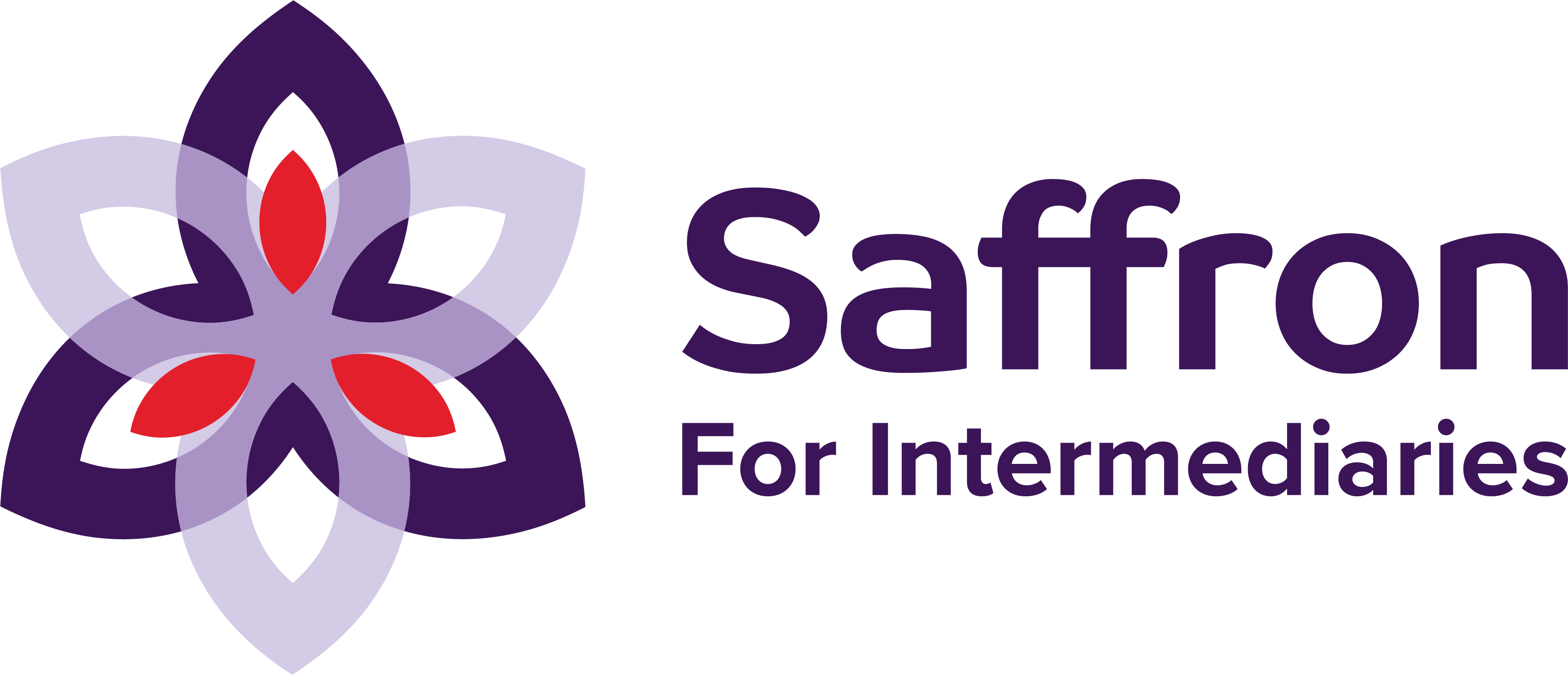Important Message
Festive opening hours
See below our operating hours over the festive period. From everyone at Saffron, we wish you all a Merry Christmas and a Happy New Year.
Wednesday 24 December - 9.30am – 12.30pm
Thursday 25 December - Closed
Friday 26 December - Closed
Saturday 27 December - Closed
Monday 29 December – 10.00am – 3.00pm
Tuesday 30 December – 10.00am – 3.00pm
Wednesday 31 December - 9.30am - 12.30pm
Thursday 1 January - Closed
Friday 2 January - Open as normal
